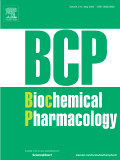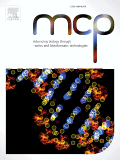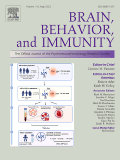
“Cannabinoids have been reported to have anti-inflammatory effects and reduce joint damage in animal models of arthritis.
This suggests a potential therapeutic role in arthritis of this group of compounds.
Cannabinoids were studied to determine whether they have direct effects on chondrocyte metabolism resulting in cartilage protection.
Synthetic cannabinoids, R-(+)-Win-55,212 (Win-2) and S-(-)-Win-55,212 (Win-3) and the endocannabinoid, anandamide, were investigated on unstimulated or IL-1-stimulated nitric oxide (NO) production in bovine articular chondrocytes as well as on cartilage proteoglycan breakdown in bovine nasal cartilage explants.
Win-2 significantly inhibited (P < 0.05) NO production in chondrocytes at 1-10 microM concentrations. The combined CB(1) and CB(2) cannabinoid receptor antagonists, AM281 and AM630, respectively, at 100 microM did not block this effect, but instead they potentiated it. Anandamide and Win-2 (5-50 microM) also inhibited the release of sulphated glycosaminoglycans in bovine cartilage explants.
The results suggest that some cannabinoids may prevent cartilage resorption, in part, by inhibiting cytokine-induced NO production by chondrocytes and also by inhibiting proteoglycan degradation.”





